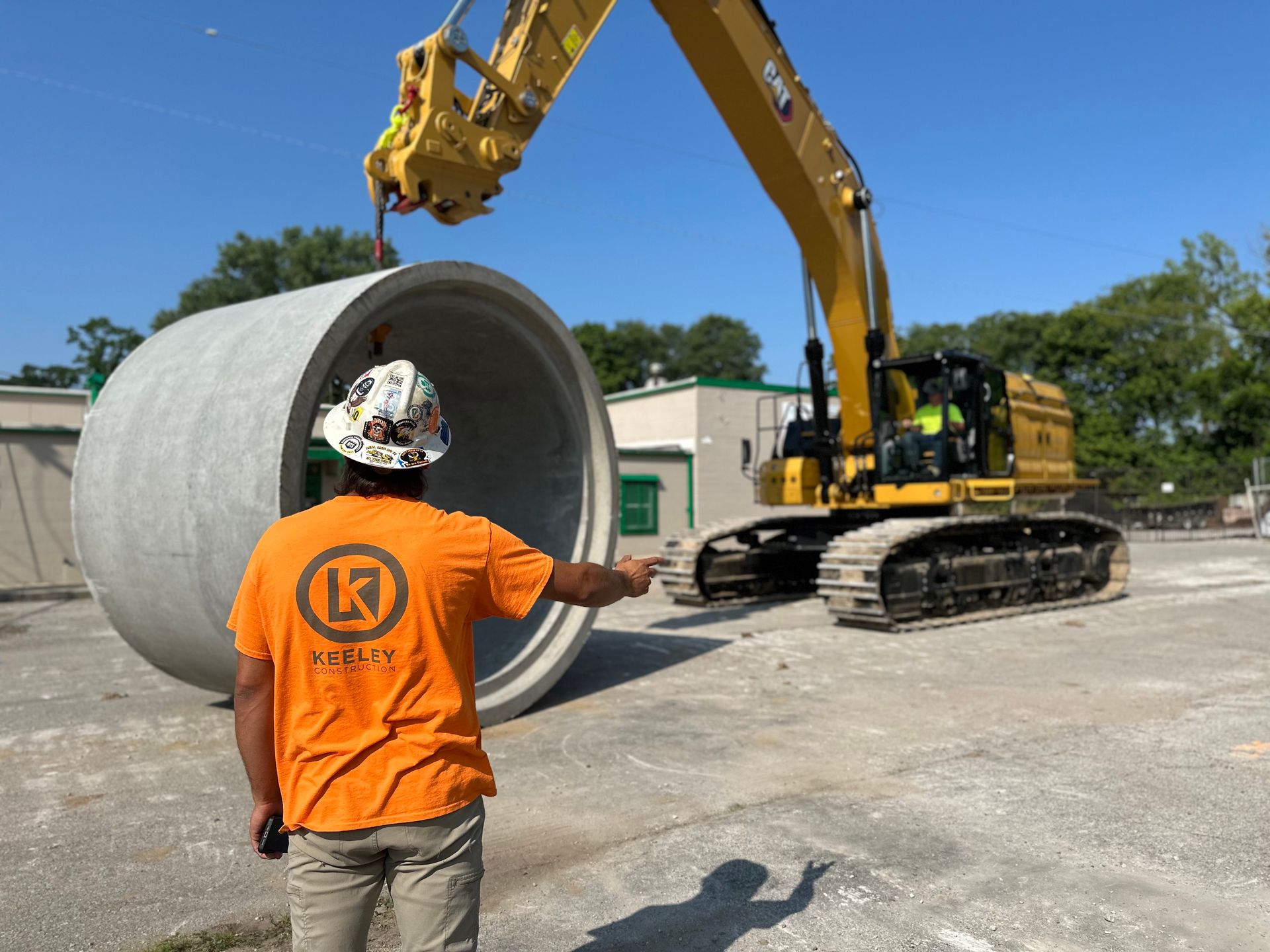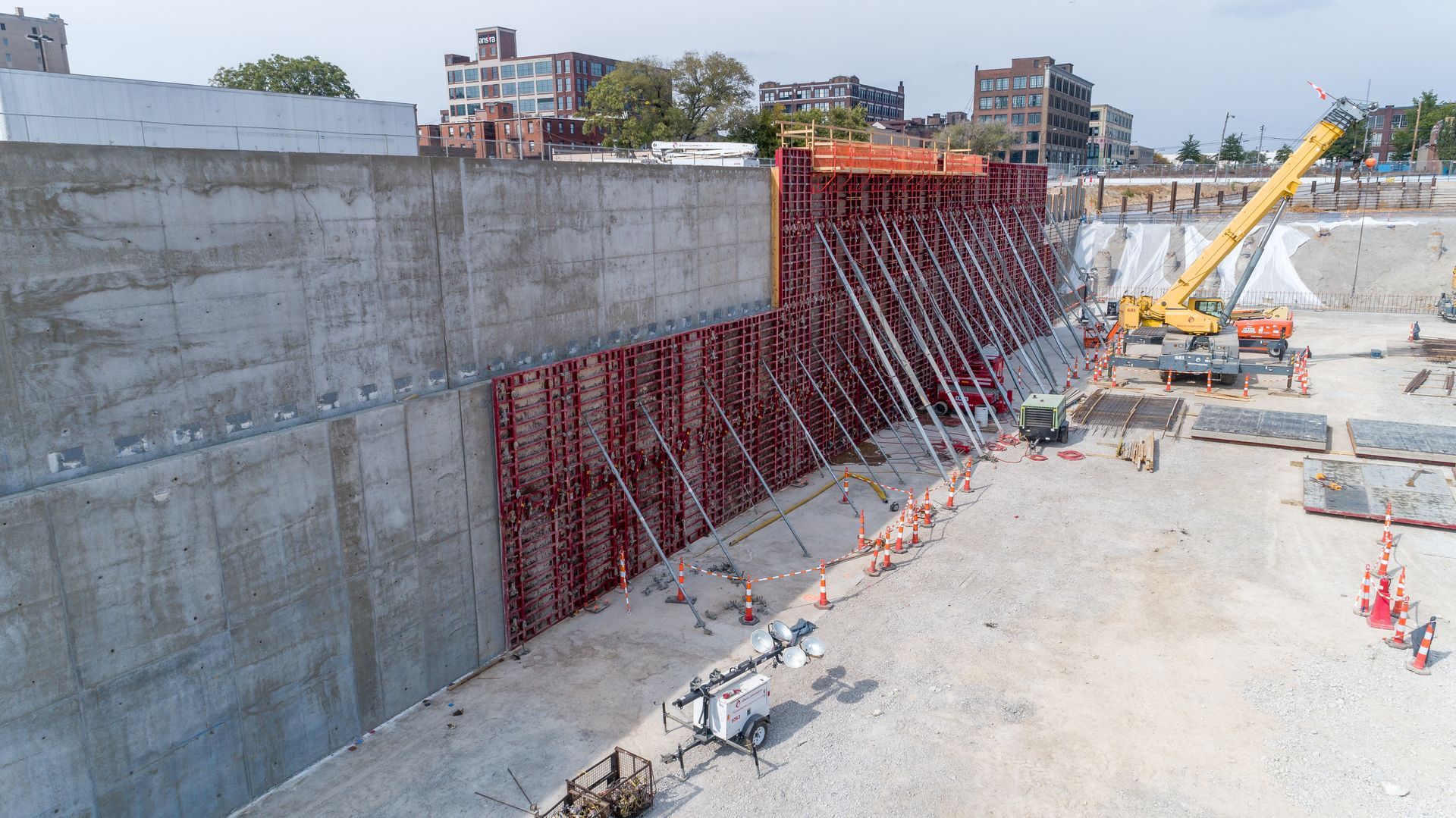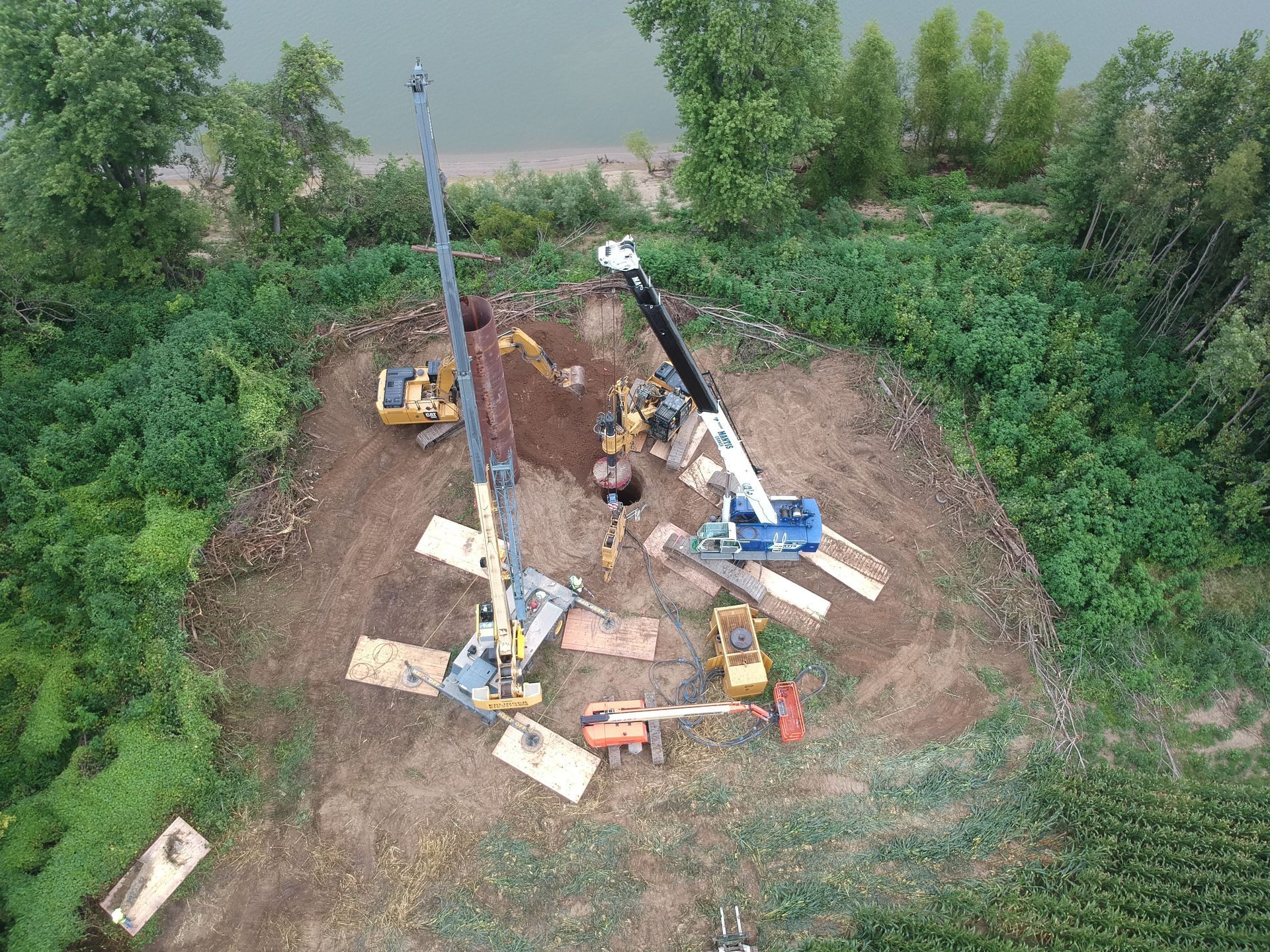Understanding Heavy Civil Construction: Building the Foundation of Modern Infrastructure
Heavy Civil Construction is a vital aspect of modern society that often goes unnoticed by the general public. It is the industry responsible for constructing and maintaining the essential infrastructure that supports our daily lives, including highways, bridges, dams, airports, and more. Keep reading as we dive deeper into what Heavy Civil Construction is, its significance, the key elements involved, and its impact on society.
What is Heavy Civil Construction?
Heavy Civil Construction, often referred to as civil engineering construction, encompasses a broad range of projects that involve large-scale infrastructure development and maintenance. This sector focuses on the creation of essential public works, such as roads, bridges, tunnels, and dams, that form the backbone of a modern society's transportation, communication, and utilities systems.
Heavy Civil Construction projects differ from commercial or residential construction in terms of scale, complexity, and purpose. These projects are typically undertaken by specialized construction companies with extensive experience, knowledge, and equipment to handle the demanding nature of the work.
Significance of Heavy Civil Construction
Heavy Civil Construction plays a pivotal role in shaping the modern world. Its significance can be understood through various lenses:
· Infrastructure Backbone: Heavy Civil Construction is responsible for building and maintaining the infrastructure that enables people and goods to move and work efficiently. Highways and bridges are prime examples, as they facilitate commerce and connect communities.
·Public Safety: The construction and maintenance of structures like dams and levees are essential for flood control, ensuring public safety and safeguarding communities from natural disasters.
·Economic Growth: Investment in Heavy Civil Construction projects often stimulates economic growth by creating jobs, supporting local businesses, and improving overall transportation and communication networks.
·Environmental Responsibility: Many Heavy Civil Construction projects aim to minimize environmental impact and incorporate sustainable practices. For example, modern bridge designs prioritize reducing their carbon footprint.
·Quality of Life: Improved infrastructure directly increases the quality of life for residents by reducing commute times, enhancing public transportation, and providing access to essential services.
Key Elements of Heavy Civil Construction
To better understand Heavy Civil Construction, let's explore the key elements that define this sector:
·Planning and Design : Every Heavy Civil Construction project starts with meticulous planning and engineering design. This phase involves evaluating the project's feasibility, budget, and environmental impact.
·Permits and Regulations: Obtaining the necessary permits and adhering to strict regulations are crucial steps in ensuring the legality and safety of a construction project. Compliance with local, state, and federal regulations is a top priority.
·Earthwork and Excavation: The preparation of the construction site involves excavating earth and preparing the foundation. This process is vital for ensuring long-term stability and durability.
·Structural Engineering: Heavy Civil Construction often involves building structures that must withstand extreme loads and environmental conditions. Skilled structural engineers design these components to meet safety and longevity standards.
·Materials and Equipment: Heavy Civil Construction relies on specialized materials and equipment to ensure the durability and safety of the infrastructure. This includes concrete, steel, heavy machinery, and advanced construction techniques.
·Project Management: Effective project management is essential to keeping large-scale projects on track and within budget. It involves scheduling, resource allocation, and quality control.
·Safety Measures: Safety is vital in Heavy Civil Construction due to the inherent risks associated with large machinery and complex structures. Strict safety protocols are enforced to protect team members and the public.
·Quality Control and Inspection: Regular inspections and quality control measures ensure that the construction being done meets industry standards and specifications.
·Environmental Considerations: Increasingly, Heavy Civil Construction projects focus on environmental sustainability. This includes measures to reduce carbon emissions, minimize disruption to ecosystems, and promote sustainable construction practices.
Impact on Society
Heavy Civil Construction projects have a profound impact on society, often shaping the way we live, work, and interact with our environment. Here are some of the ways in which Heavy Civil Construction affects our daily lives:
·Improved Transportation: Highways and bridges built through Heavy Civil Construction projects reduce commute times, enhance connectivity between regions, and promote economic growth.
·Safer Communities: Dams, levees, and flood control systems protect communities from natural disasters, ensuring the safety of residents and their property.
·Access to Essential Services: Infrastructure projects such as water treatment plants and utilities distribution networks provide communities with access to clean water, electricity, and other essential services.
·Economic Prosperity: Heavy Civil Construction projects stimulate economic activity by creating jobs, supporting local businesses, and attracting investments.
·Environmental Responsibility: Increasingly, Heavy Civil Construction projects incorporate environmentally friendly practices, helping reduce their carbon footprint and promote sustainability.
Heavy Civil Construction is the backbone of modern infrastructure, supporting our daily lives in countless ways. Its significance cannot be overstated, as it shapes the way we live, move, and interact with the environment around us. Understanding the key elements and the impact of Heavy Civil Construction allows us to appreciate the complex and essential work carried out by construction professionals who contribute to the development and maintenance of our society's critical infrastructure.











